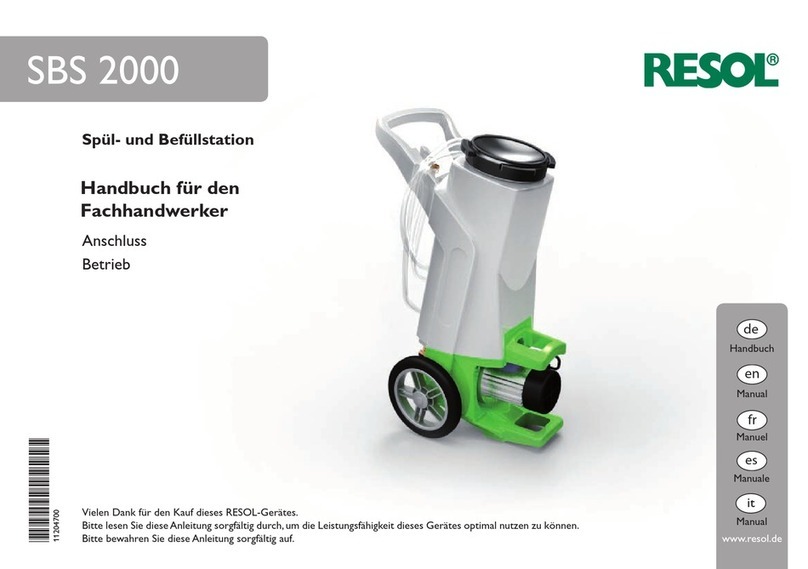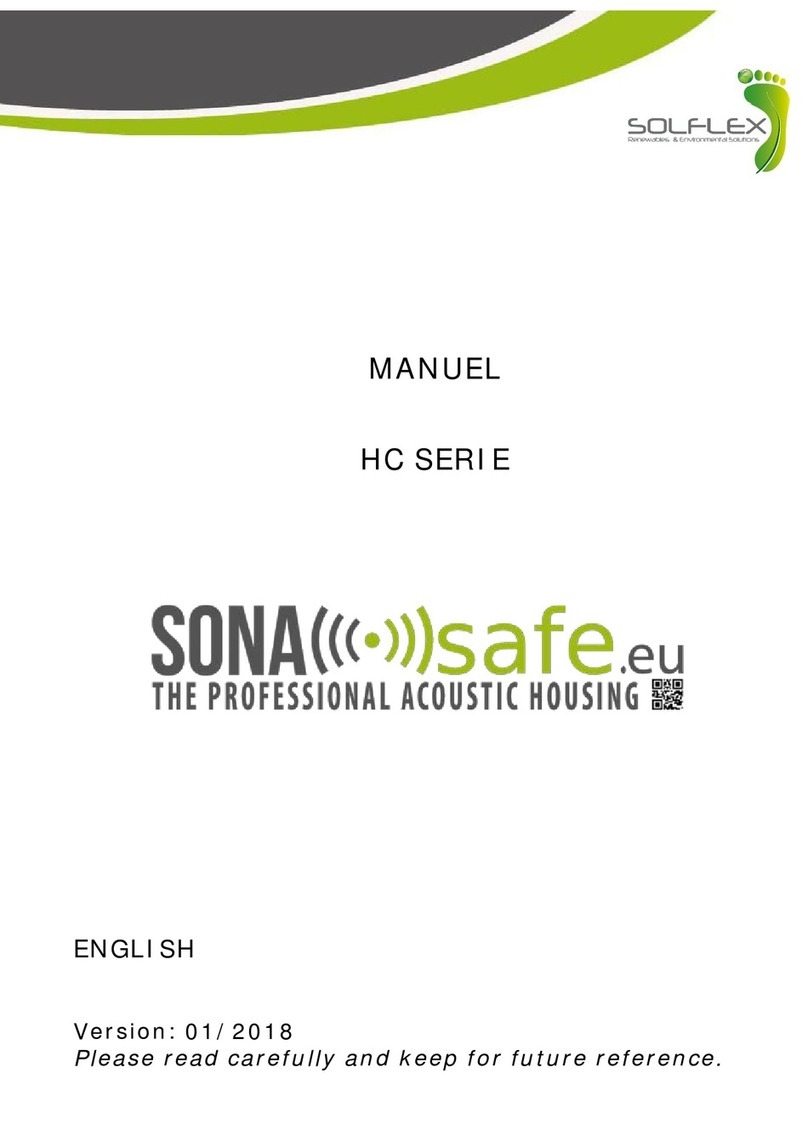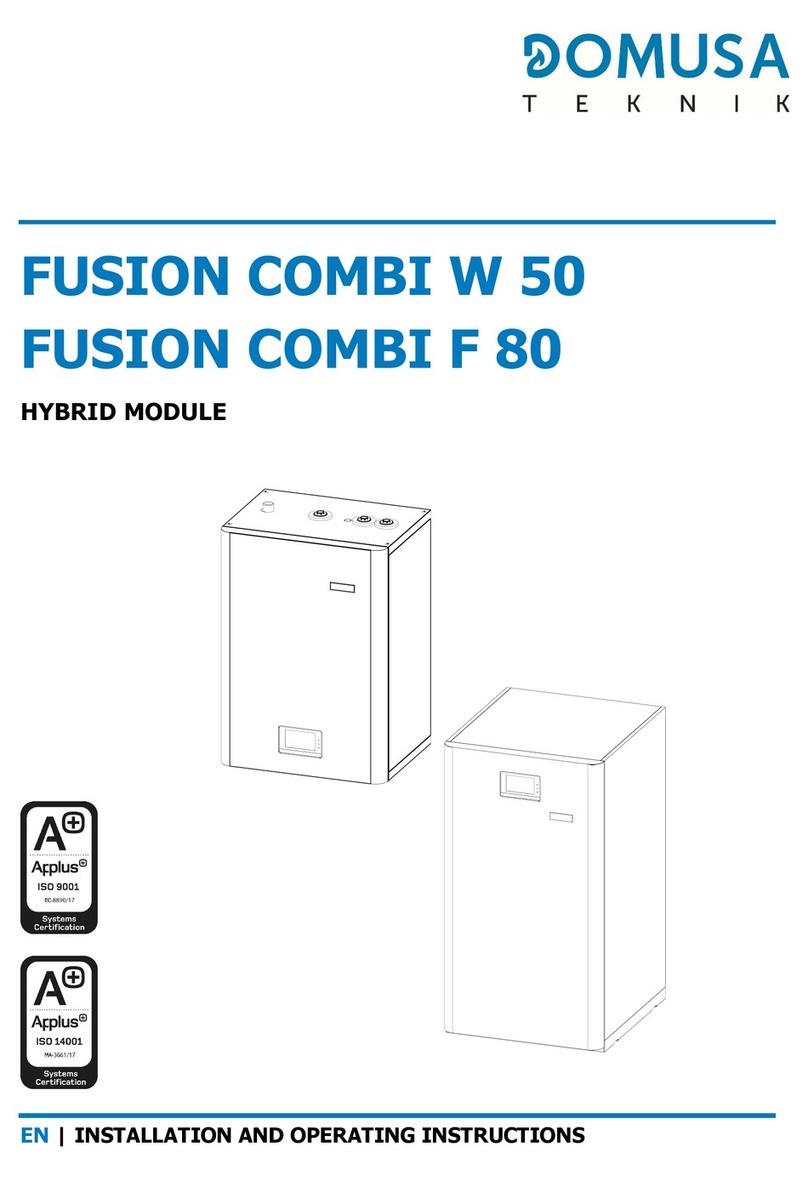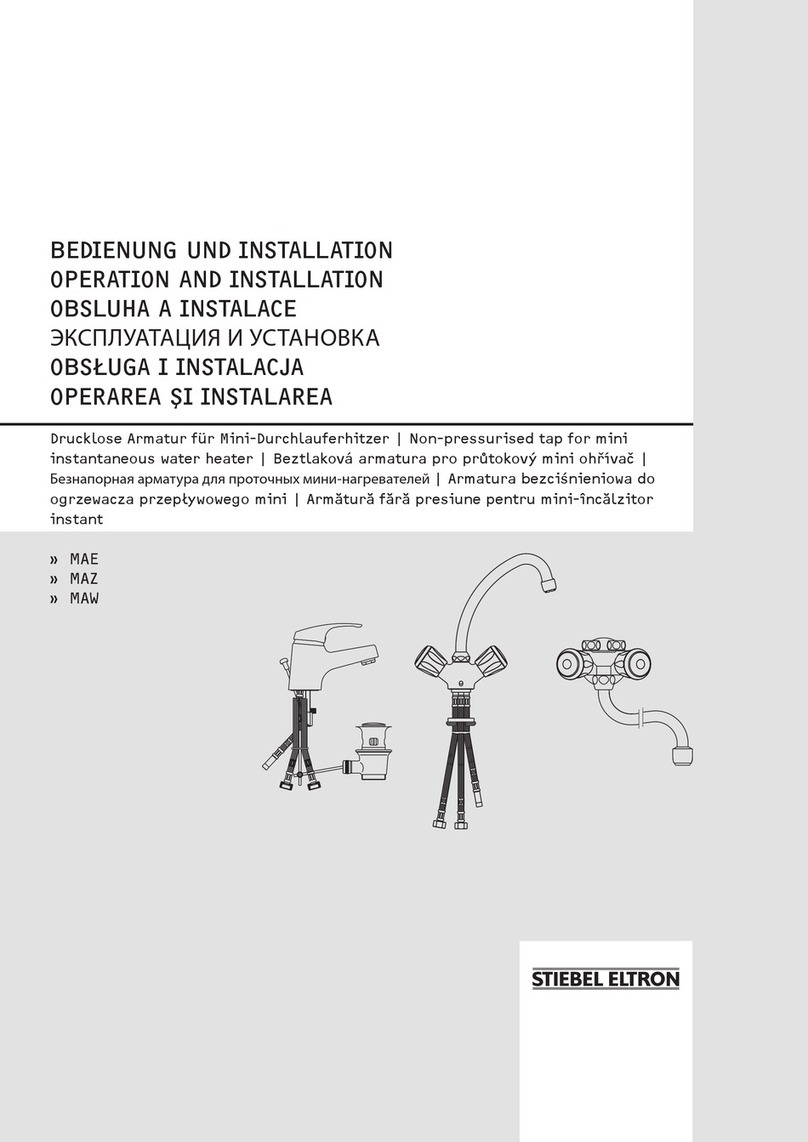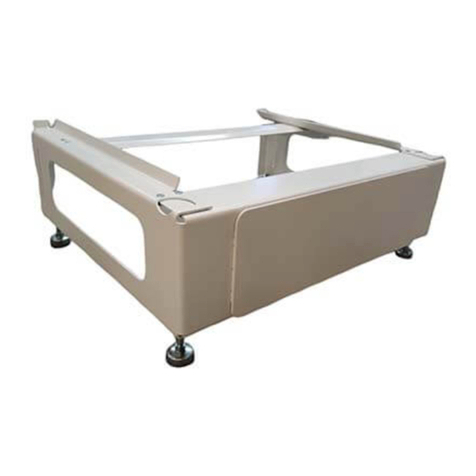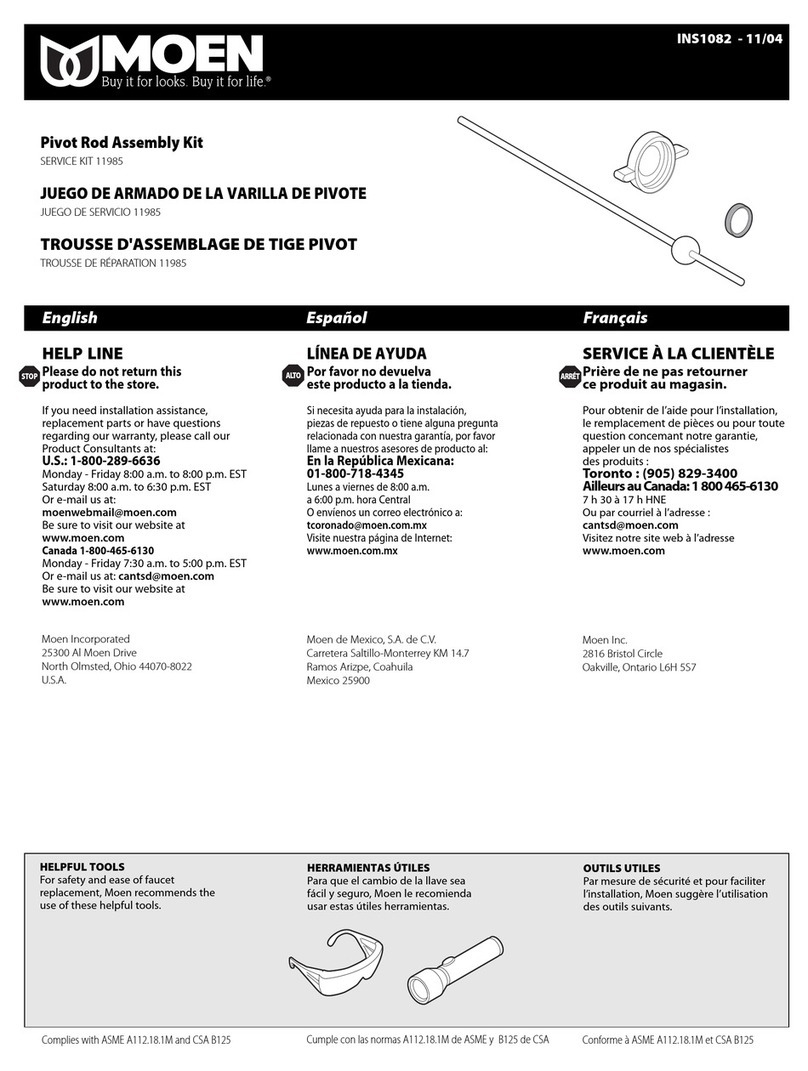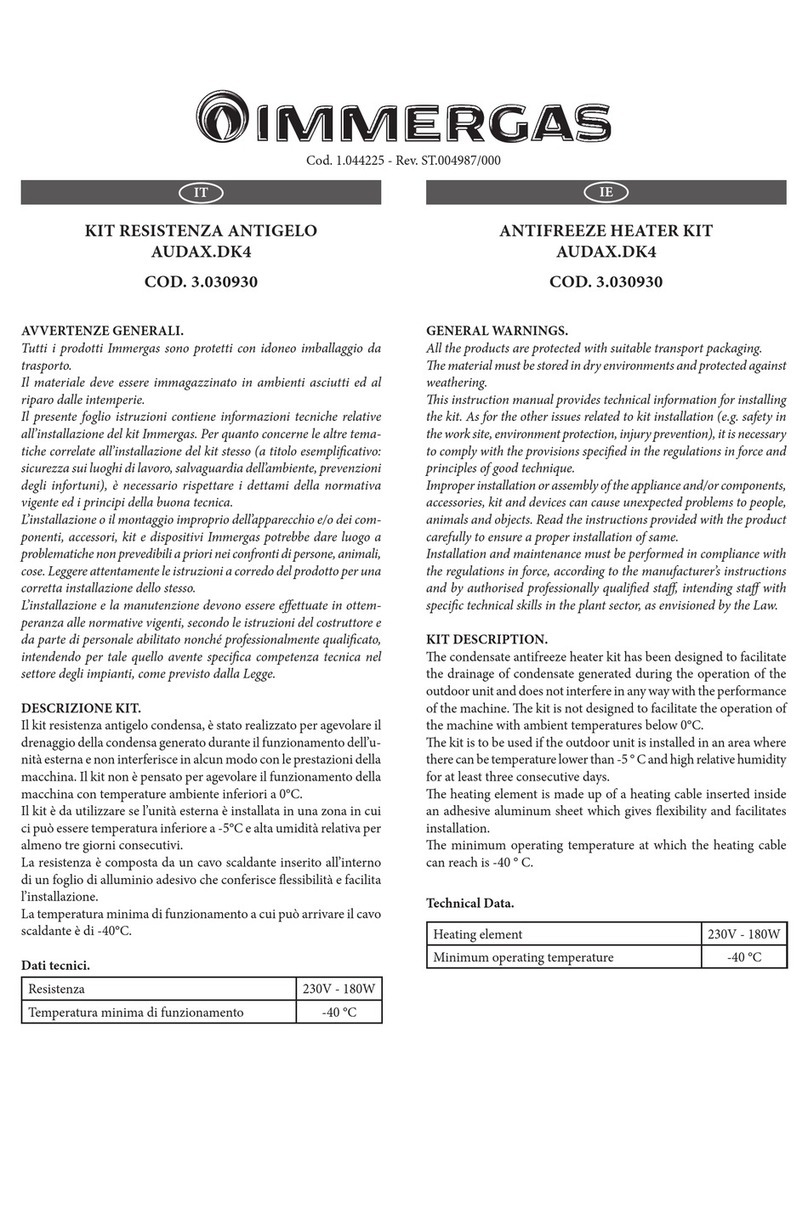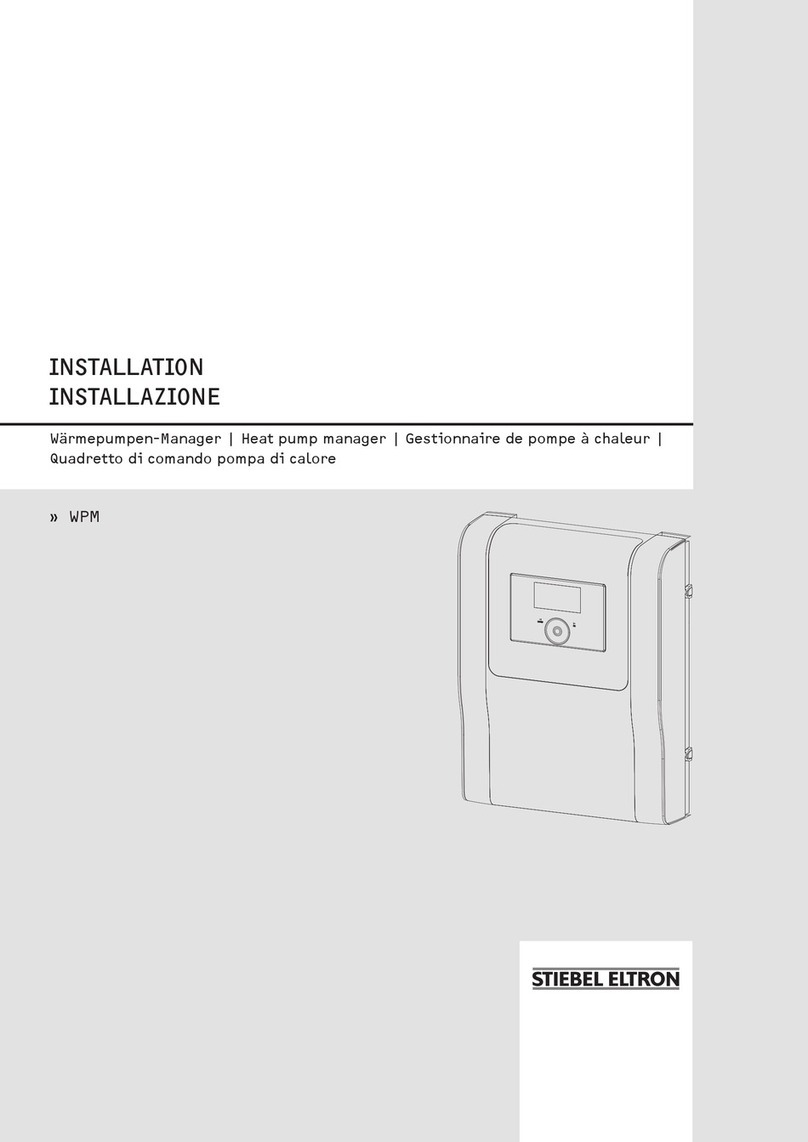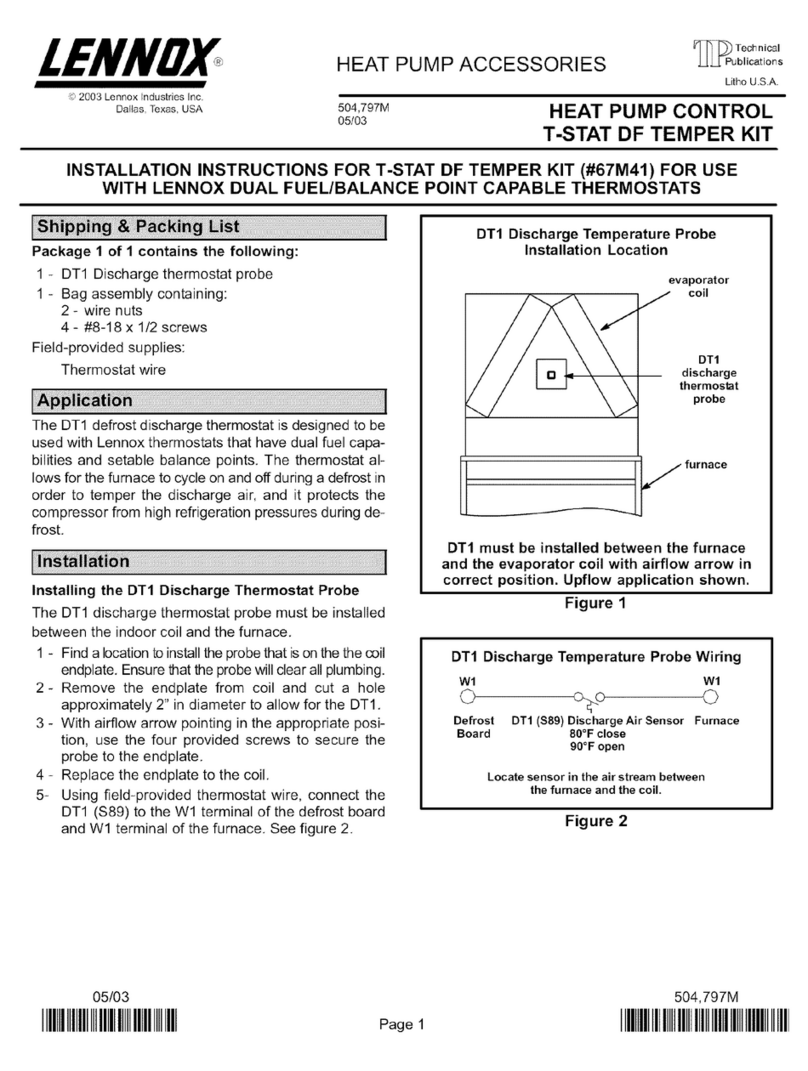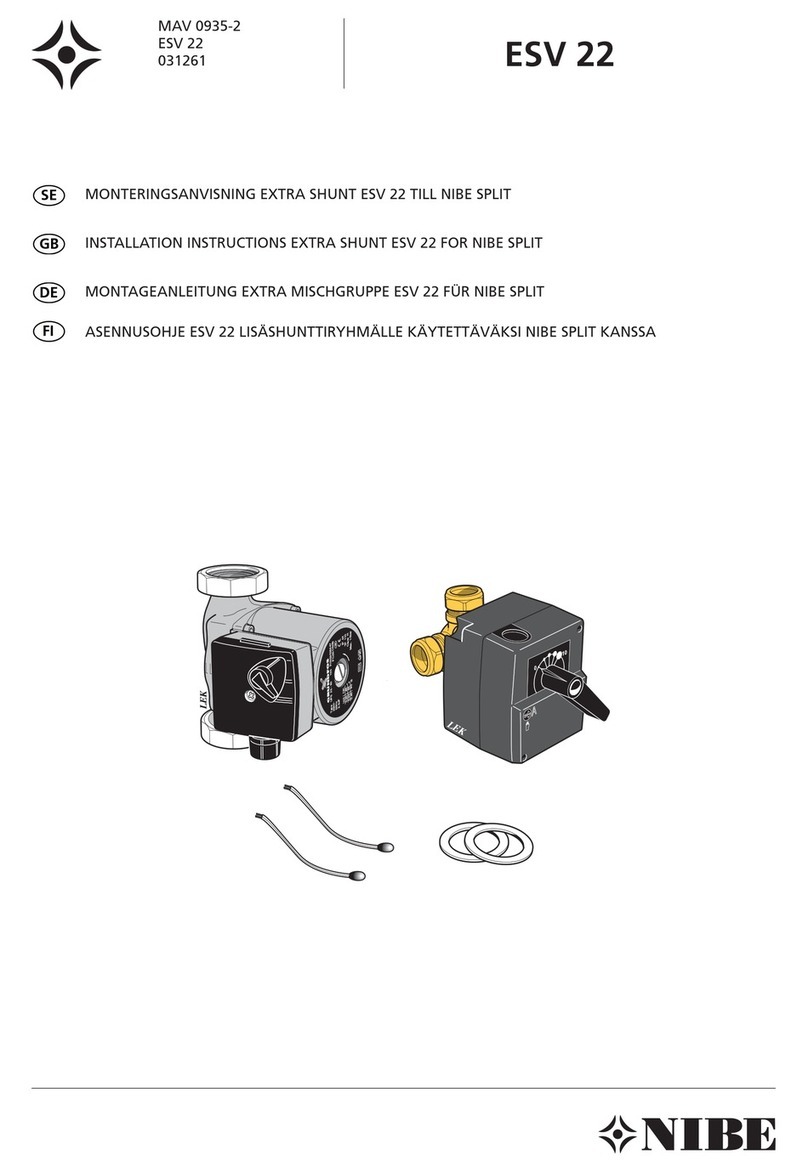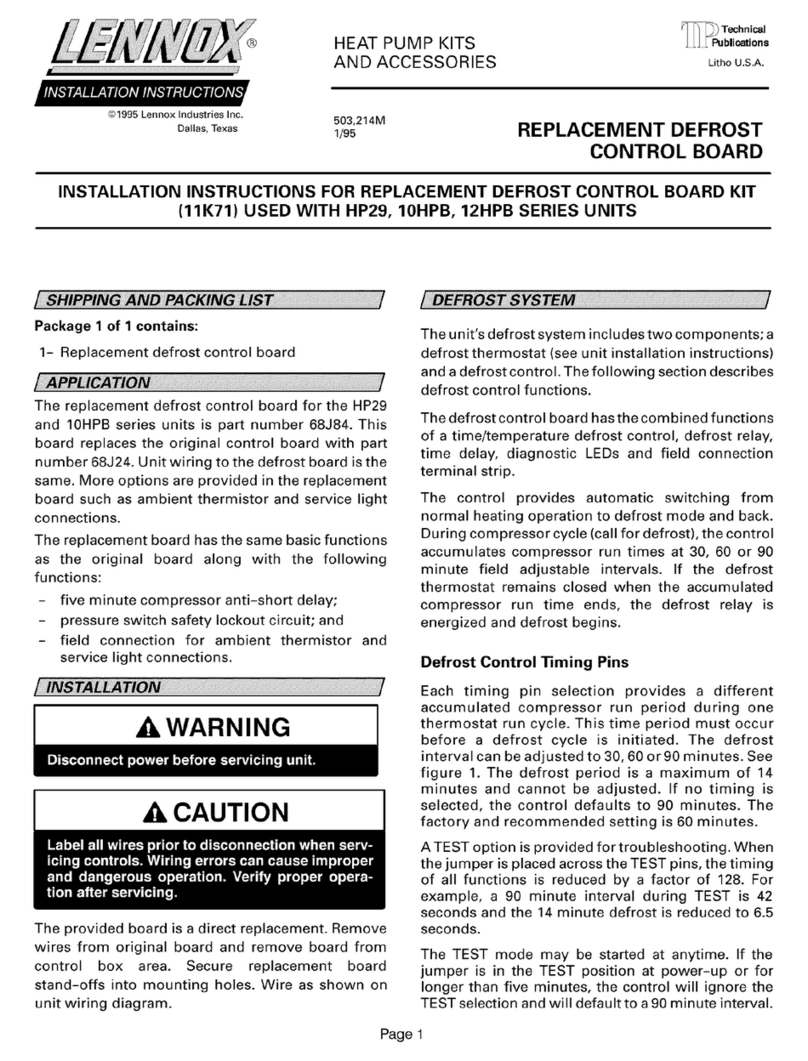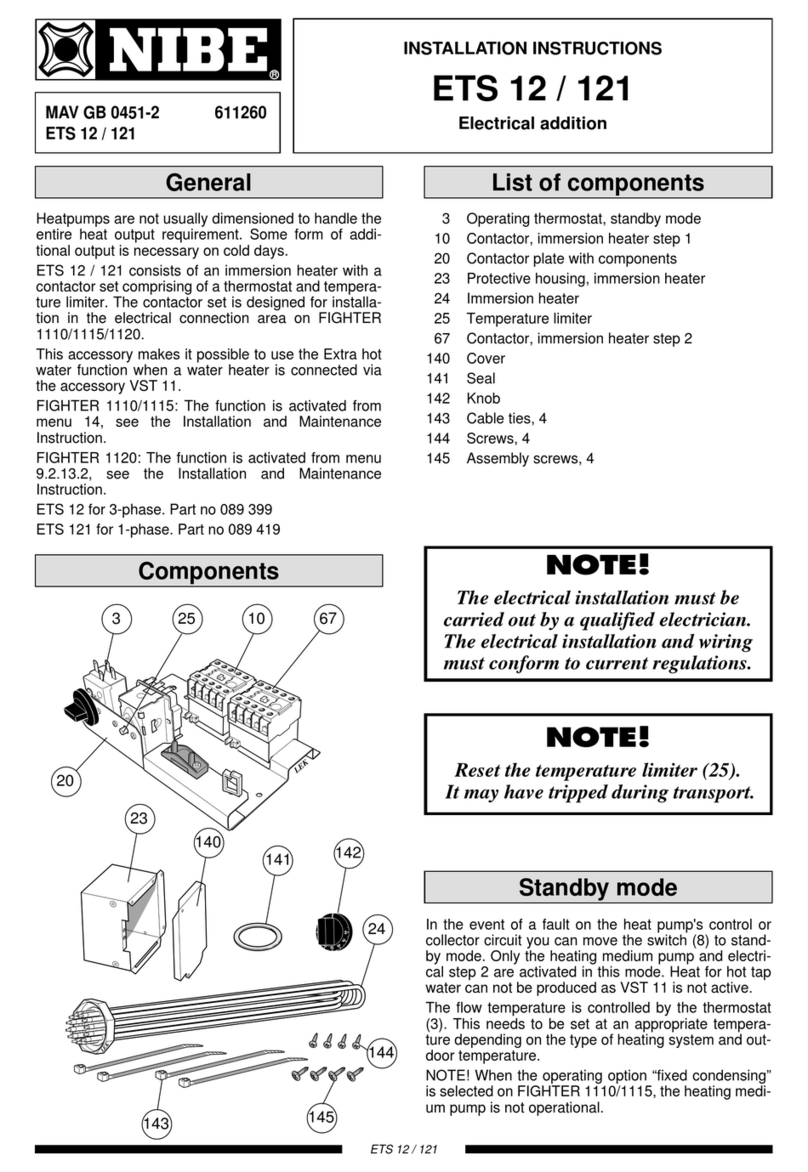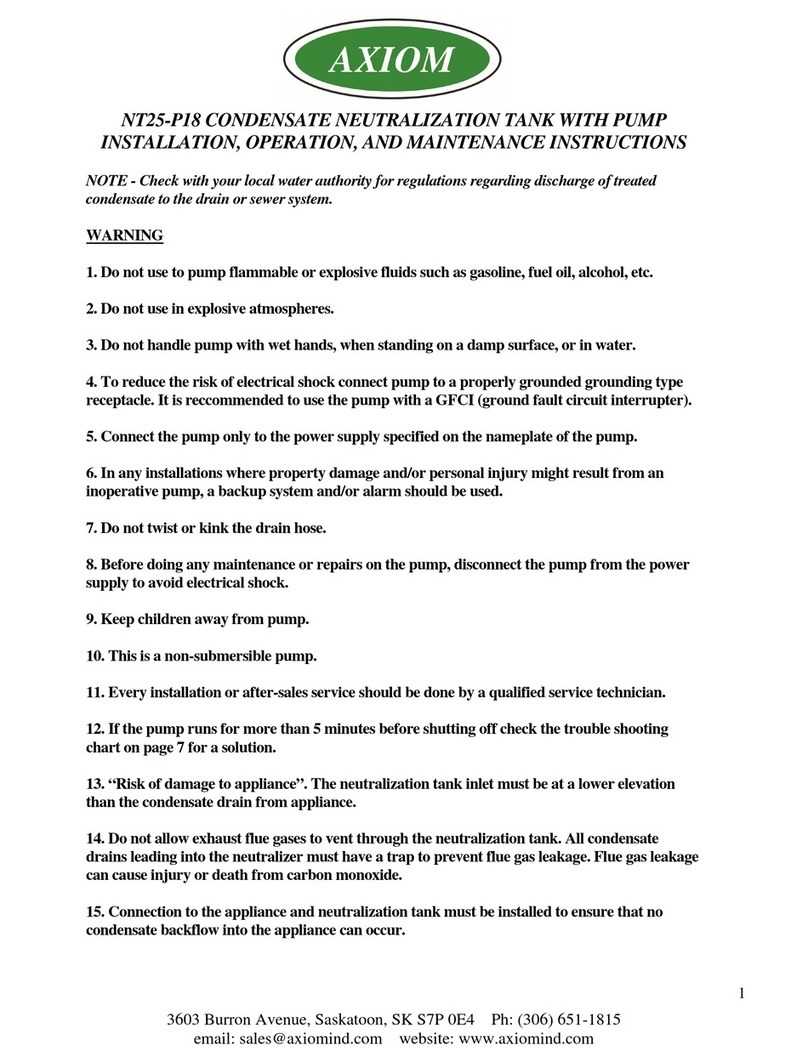
2
INDEX
Dear Customer,................................................................................. 3
General warnings ............................................................................. 4
Safety symbols used.......................................................................... 6
Personal protective equipment....................................................... 6
1 Product specications. ........................................................ 7
1.1 Product range....................................................................... 7
1.2 Accessories............................................................................ 7
2 Outdoor unit specications................................................ 8
3 Main components................................................................ 9
4 Installation of the unit....................................................... 10
4.1 Outdoor unit installation position. ................................. 10
4.2 Installation guide near the sea. ........................................ 10
4.3 Handling by means of ropes............................................. 11
4.4 Required spaces.................................................................. 12
4.5 Installing the outdoor unit. .............................................. 14
4.6 Mount of outdoor unit...................................................... 14
4.7 Drainage of the outdoor unit. .......................................... 15
4.8 Positioning the unit in a rigid climate.............................16
5 Electrical connections....................................................... 17
5.1 General conguration of the system............................... 17
6 Connection of the cable.................................................... 19
6.1 Power cable specications. ............................................... 19
6.2 Specications of the connection cables (commonly
used). .................................................................................. 20
6.3 Specications of single-phase terminal block................ 20
6.4 Specications of three-phase terminal block................. 20
6.5 Power cable connection diagram..................................... 21
6.6 Connection of power terminal block.............................. 25
6.7 Earthing. ............................................................................. 25
6.8 How to connect extension cables..................................... 26
7 Checking correct earthing................................................ 28
8 Installation of chiller lines. ............................................... 29
8.1 Geometric limits of the Chiller lines and Examples of
installation. ......................................................................... 29
8.2 Selection of refrigerant pipe. ............................................ 30
8.3 Keep the refrigerant pipe clean and dry.......................... 30
8.4 Cutting and aring of pipes.............................................. 30
8.5 Choose the insulation of the refrigerant pipe. ............... 32
8.6 Insulating the refrigerant pipe. ........................................ 32
8.7 Pipe welding. ...................................................................... 33
8.8 Pressure test and search for leaks. ................................... 34
8.9 Vacuuming and dehydration of the pipes and the
indoor unit.......................................................................... 35
8.10 Relling the refrigerant charge. ....................................... 37
8.11 Relling the refrigerant charge. ....................................... 37
8.12 Adding refrigerant............................................................. 38
8.13 Closing the valve stem....................................................... 40
8.14 Opening the valve stem.....................................................40
9 Cooling cycle diagrams..................................................... 41
9.1 Diagram. ............................................................................. 41
10 Wiring diagram.................................................................. 42
10.1 Single-phase wiring diagram............................................ 42
10.2 ree-phase wiring diagram............................................ 43
11 Microswitch and key function settings........................... 44
11.1 Testing operations.............................................................. 44
12 “Pump down” execution................................................... 47
12.1 Purpose of “Pump down”.................................................. 47
12.2 Important warnings for “Pump down” execution......... 47
12.3 Pouring the refrigerant into an external cylinder
before carrying out the pump down ............................... 48
13 Completion of installation................................................ 49
14 Final inspections and test operation. .............................. 50
14.1 Final inspections and test operation ............................... 50
14.2 Test operation..................................................................... 50

